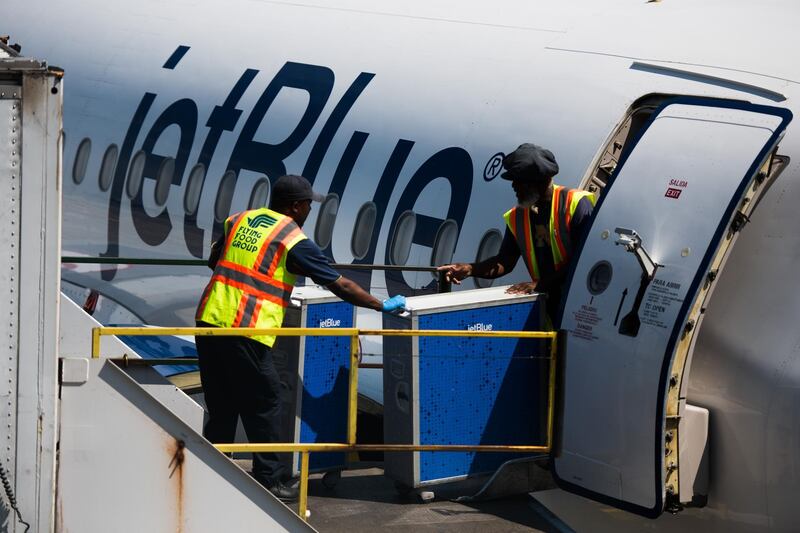As car makers race to put battery-powered cars on the road, a Boeing-backed start-up plans to put a hybrid-electric aircraft into commercial service within five years.
Zunum Aero’s 12-seat plane will carry battery packs and a small fuel reserve for a back-up engine. The first model will fly about 1,000km, far enough to ferry travellers from Boston to Washington or Silicon Valley to Los Angeles, the company said Thursday.
By applying advances in battery technology pioneered by the auto industry, Zunum aims to eliminate the emissions and roar of combustion-based jet engines. That is a tall order for a company with just 15 employees, especially in a business where breakthrough designs can cost billions of dollars. Zunum, backed by JetBlue Airways as well as Boeing, is racing competitors such as Europe’s Airbus and a partnership that includes EasyJet. The US military and Nasa are pursuing similar concepts.
“People are surfing that Tesla wave, if you will, with some of the same range anxiety,” said the aviation consultant Robert Mann. “Everyone is looking at this.”
For the Zunum chief executive Ashish Kumar, the all-electric buses tooling around Seattle are more of a model than Elon Musk’s electric cars at Tesla. Zunum’s planes will need to be on the move all day to make money for operators, while Tesla’s owners typically have short commutes.
“We spent some time, actually, at the maintenance depot for King County Metro,” said Mr Kumar, a co-founder of Washington-based Zunum. “We think that’s the future of aviation.”
The Seattle area’s buses, manufactured by Proterra, have batteries that can be recharged in less than 10 minutes. Zunum is aiming for a similar turnaround for its planes and devising a way for ground crews to quickly swap spent battery packs - which will be housed in the wings, where fuel is typically held on jetliners - with replacements.
For now, designers of electric or hybrid aircraft are limited to using small planes because of the power density and weight of current-generation batteries. As technology evolves, so too will aircraft concepts and capabilities.
_____________
Read more:
Next-gen supersonic jet travel on cards – at business-class fares
Future of flight: from the return of supersonic travel to pods that clip onto planes
_____________
Boeing’s 787 Dreamliner, with the most advanced electric generation and distribution system of any commercial jet, is another inspiration for Zunum. The company hired Waleed Said, the lead designer for the Dreamliner system, to develop a similar power train with lighter-weight components.
“Future-proofing” designs so that they can easily adopt rapidly evolving electronics and batteries, is a headache for Mr Said’s team, he said.
Another is managing the heat thrown off by an electrical system generating a megawatt of power, sufficient to light about 400 homes. There is also the hassle of competing with far larger car, bus and ship manufacturers for battery packs. Meanwhile, suppliers are loath to explore advances beyond the electrical system that Boeing is planning for an all-new aircraft it is considering.
“There are things we’d love to do, but they’re not going to be on the first aircraft,” Mr Said said.
Mr Kumar has hired a team from Rolls-Royce Holdings to develop the plane’s propulsion system: basically an electric motor turning a fan inside a casing and far simpler than a full-scale jetliner’s turbine. The former Google Americas chief operating officer is coy about where the plane will be built, saying there are manufacturers worldwide that could assemble the frames.
Even if Zunum’s aircraft delivers on its potential, Mr Kumar faces the greater challenge of creating a new market of air travel that fits between general aviation and the regional affiliates of major airlines, said Mr Mann. But that’s part of the reward - and risk - of innovation.
“When you go in and do these things, they may not be immediately practical, but they all make an impression,” he said.
“And all those impressions eventually form a path.”





